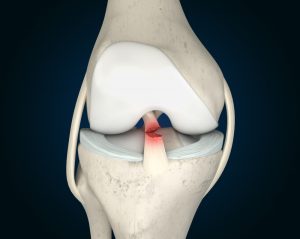How I cured my plantar fasciitis?
Plantar fasciitis is a painful and frustrating condition at the bottom of your foot. As Chiropractors we don’t treat this, it is our sports therapists that look after our clients with this condition.
Often, we see clients that have had it for over 12 months, have tried numerous things with very little relief, it can be a long-standing condition that takes time. Mainly because we are on our feet for long periods of time. If that is, you, then some of these tips are not going to be suitable as this blog is for someone who is just starting out with their plantar fasciitis journey and looking to solve it quickly before it becomes chronic. If you have been struggling for more than a year, please email me directly here and I can get back to you with some specific advice.
Book a consultation with a sports therapist here
Check if you have plantar fasciitis
It is characterised as pain at the bottom the heel, it is not limited to there though as it can extend along the sole of the foot to the arch. Fascia means a collection of tissues, it is very strong at the base of the foot, as it pushes us up when we contact the floor in a stride. We need our plantar fascia to stay strong so we can walk and push off in the stride.
As we walk every single day you can imagine that it can be tricky to get rid of it as you never let the fascia rest. It is constantly active.
Three signs of plantar fasciitis:
- Pain in the bottom of the foot at the heel bone
- It is worse first thing in the morning when you get out of bed.
- Gets better with exercise but when you stop it gets worse.
How to get rid of plantar fasciitis yourself?
It can be treated at home if you get it diagnosed quickly, otherwise it can drag on for months, it can be frustrating and nagging especially if you like being active.
- Wear night splints, hold the Achilles and the foot in a flexed position to stretch the back of the leg out and keep the fascia long and prevent it from contracting and getting tighter. I would get help from a medical professional to advise which ones are best.
- Put an ice pack or peas under your foot for 15 minutes, several times throughout the day. If you are brave you can also get a small bucket of water filled with ice and immerse the whole foot in there for 15 minutes to reduce the inflammation.
- You can put a plastic bottle of water ¾ filled with water in the freezer. Once it is frozen you can roll the foot on top of the water to get a mini-ice massage effect. Try and do this for 3 minutes several times through the day.
- Stretching the calves is great, go on to the stairs and let the affected heel hang off the back of the stair and lower it down gently, hold for 30 seconds, this stretches out the back of the leg and Achilles.
- You need to wear good footwear; high heels are an absolute NO. Shoes that have good cushion and support like Sketchers or MBT’s work well for this.
In the clinic our sports therapists use:
- Shockwave therapy-the machine directs powerful sound waves at the fascia to help break down the adhesions and reduce inflammation.
- Trigger point release-they massage and hold tight areas in the Achilles, calves and fascia in the foot to release it off
- Assisted stretching of the ankle and foot
- Acupuncture to help break down the adhesions and tight areas
- Prescribe and build custom orthotics to help take pressure off the affected area when walking
If you are struggling with plantar fasciitis and you would like one of our sports massage team to check it for you please come in for a complementary assessment to see if we can help.
Book a consultation with a Chiropractor here
If you do know someone who wants more advice, please send them our details. You can send them this assessment as well to diagnose their back pain. It is a great tool to understand where your back pain is coming from, it is free and takes 60 seconds. Click here for assessment


